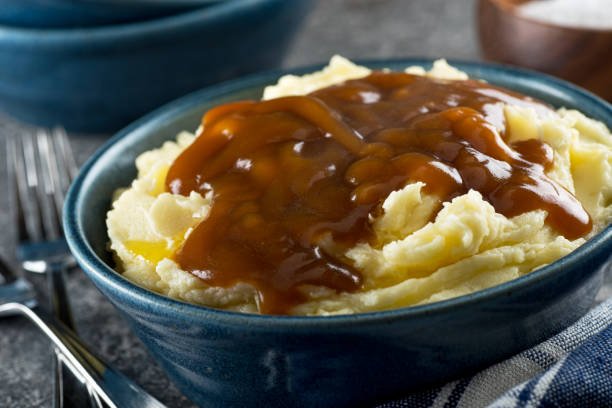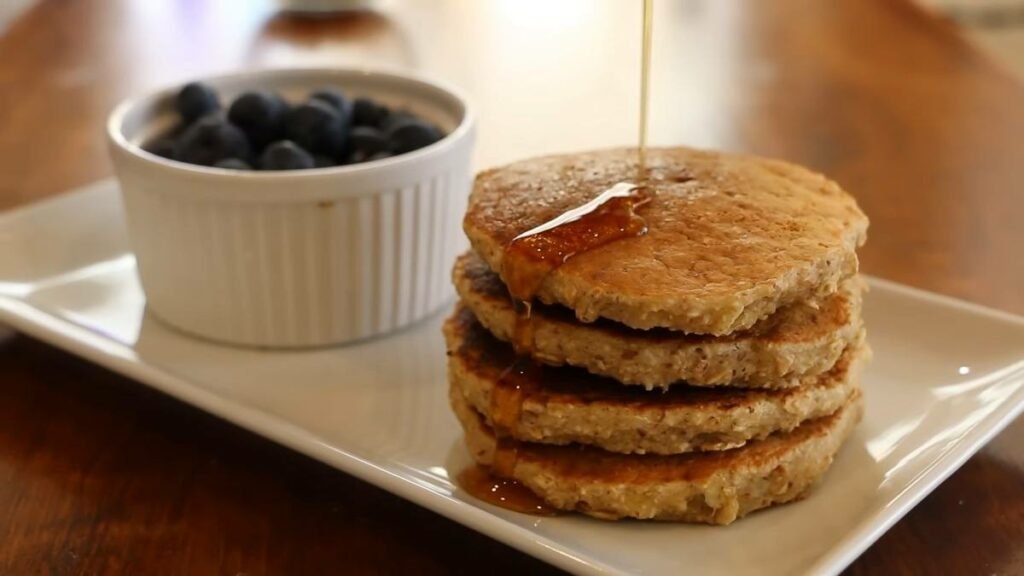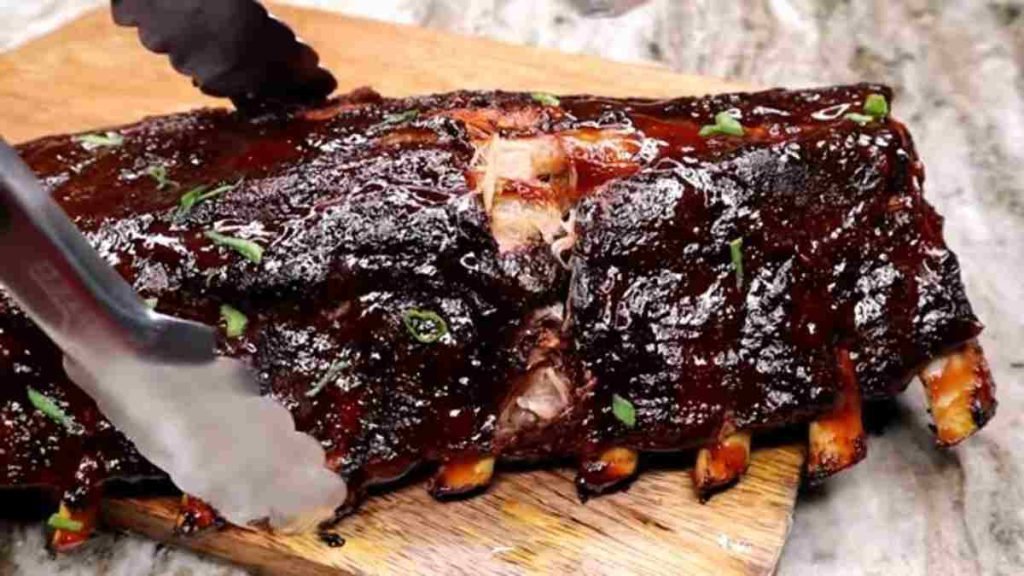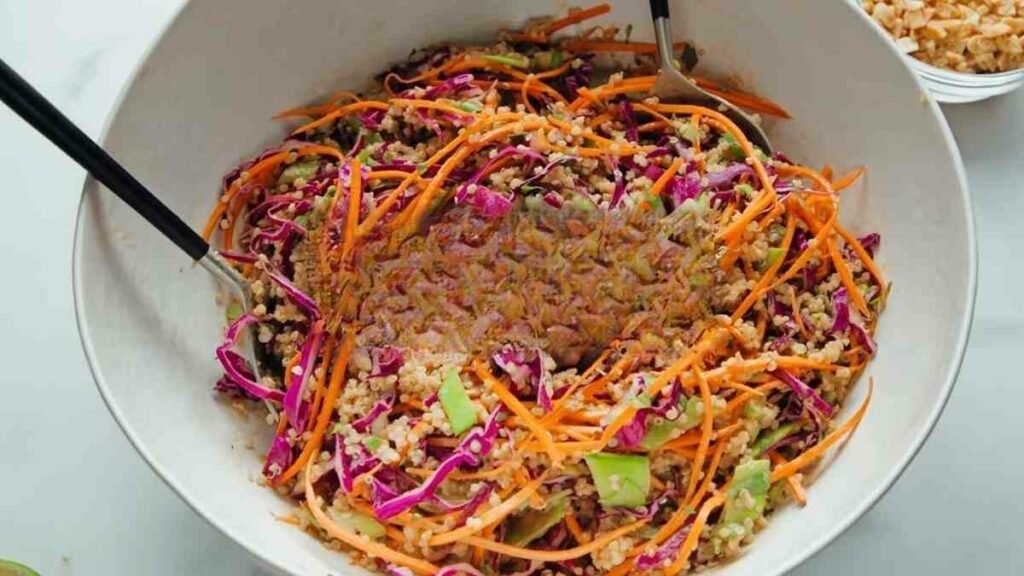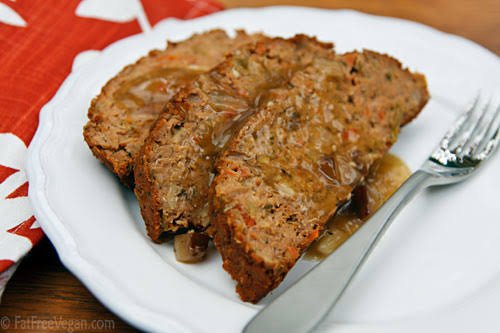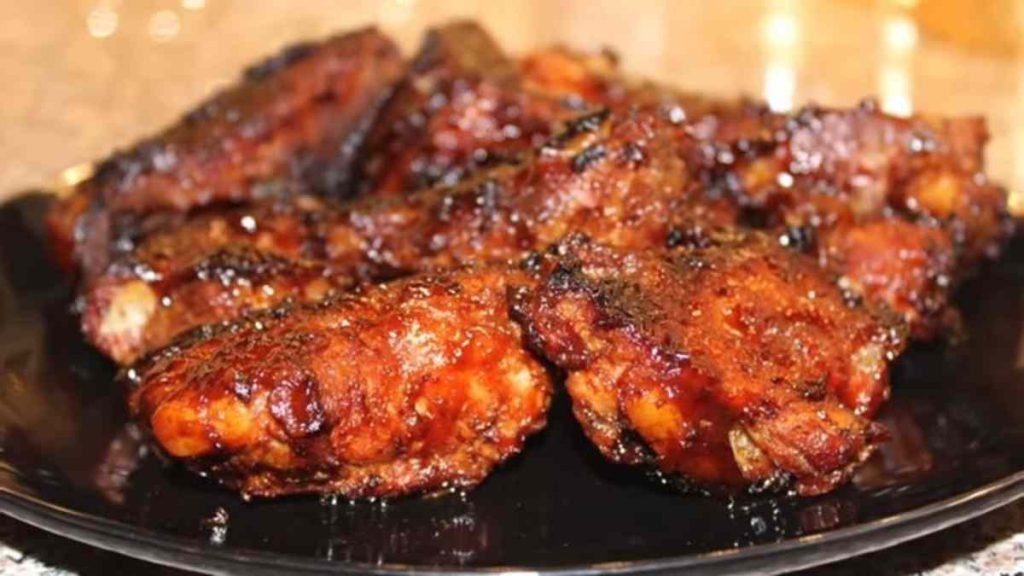You can enjoy freshly baked bread in your kitchen with the right recipe. Making homemade bread is a pleasing and satisfying experience. This self-rising flour bread recipe offers a practical and fast way to prepare delicious bread without using yeast or long rising times.
Self-rising flour is a creative ingredient that contains salt and baking powder, so there’s no need to measure and combine other ingredients individually. A light, fluffy loaf of bread that is ideal for toasting or making sandwiches may be made with just a few easy steps.
Whether you’re a beginner baker or a seasoned pro, this self-raising flour bread recipe is a fantastic option to quickly whip up a loaf of bread. So, gather your ingredients, and let’s get started on this flavorful and effortless bread-making adventure.
Ingredients Needed:
- 3 cups self-rising flour
- One tablespoon sugar
- One teaspoon salt
- 1 and 1/2 cups warm water
- 1/4 cup vegetable oil
- Additional flour for dusting (if needed)
Equipment You Will Need:
To prepare the self-rising flour bread recipe, you’ll need the following equipment:
1. Mixing Bowl
2. Wooden Spoon or Spatula
3. Loaf Pan: A loaf pan shapes the bread dough and provides structure as it bakes. Make sure to grease the pan or line it with parchment paper to prevent the bread from sticking.
4. Measuring Cups and Spoons
5. Kitchen Towel or Plastic Wrap
6. Oven: Ensure your oven is preheated to the specified temperature (375°F/190°C) before placing the bread inside.
7. Wire Rack: A wire rack cools the baked bread. It allows air to circulate the loaf, preventing moisture build-up and maintaining the bread’s texture.
Optional equipment includes:
- Cooking spray: If you choose to grease the loaf pan, you can use cooking spray for convenience.
- Parchment paper: If you prefer lining the loaf pan, parchment paper can prevent sticking and make removing the bread from the pan easier.
Cooking Instructions
1. Preheat the oven to 375°F (190°C). Grease a loaf pan with cooking spray or line it with parchment paper.
2. Mix the self-rising flour, sugar, and salt in a large mixing bowl. Mix well to ensure the ingredients are evenly distributed.
3. Make a well and add warm water and vegetable oil in the middle of the dry ingredients.
4. Use a wooden spoon or spatula to stir the contents until a sticky dough forms. To fully mix the flour, scrape the bowl’s sides and bottom.
5. Place the dough on a surface that has been lightly floured when it has been properly mixed. The dough should be smooth and elastic after 5 minutes of hand-kneading it. Add a little flour until the dough acquires a suitable consistency if it feels too sticky.
6. Shape the dough into a loaf that fits your prepared pan. Make sure the dough is centred in the pan and touches all sides.
7. Place the loaf pan in a warm place and cover it with a clean kitchen towel or plastic wrap while the dough rises for approximately an hour or until it doubles in size. Depending on the temperature in your kitchen, this rise time may change.
8. After the dough has risen, remove the cover and put the loaf pan in the oven.
9. Bake the bread for 30 to 35 minutes or until it sounds hollow when tapped and turns golden brown on top.
10. Take the bread out of the oven and let it cool for a while in the pan. After that, move the bread to a wire rack to finish cooling.
11. You can slice and serve the bread any way you choose after it has cooled. It’s ideal for toasting, sandwiches, and dipping into your preferred spreads.
EXTRA TIPS
- If you don’t have self-rising flour, combine 3 cups of all-purpose flour with 1 and 1/2 tablespoons of baking powder and 1/2 teaspoon of salt.
- Ensure that your water is warm (around 110°F/43°C) but not too hot, as extremely hot water can kill the yeast if you’re using it.
- If you want to enhance the flavour of your bread, you can add herbs, spices, or even grated cheese to the dough during the mixing process.
FAQS
Can I use regular all-purpose flour instead of self-rising flour?
Yes, all-purpose flour can be used in place of self-rising flour. When using all-purpose flour, salt, and baking powder must be added to the recipe.
Add 1 and 1/2 teaspoons of baking powder and 1/2 teaspoon of salt for every cup of all-purpose flour.
Can I make this recipe without sugar?
Yes, you can leave out the sugar. Although it is not necessary for the recipe to turn out well, the sugar gives the bread a hint of sweetness and can improve its flavour.
Can I add ingredients such as herbs or cheese to the bread dough?
You can be creative and adjust the flavour of the bread dough by using herbs, spices, or shredded cheese. Simply include your chosen ingredients as the dough is mixed, ensuring they are distributed equally.
How should I store the bread?
Keep the bread at room temperature in an airtight container or a resealable plastic bag when the bread has completely cooled. The bread should remain fresh for two to three days when stored properly. The bread can also be frozen for longer preservation.
Bread should be cut into slices before freezing, with parchment paper between each slice to prevent sticking. When ready to eat, toast the frozen bread slices or let them thaw at room temperature.
Can I double or halve the recipe?
To create more or fewer servings, you can easily double or halve the recipe. Just retain the same ratios and alter the ingredient amounts as necessary.
Because baking times can vary, keep an eye on the bread while it bakes and make adjustments as necessary.
Can I use a bread machine for this recipe?
This recipe is designed for traditional oven baking, but you can try adapting it for a bread machine. However, remember that bread machines typically have specific requirements for ingredient proportions and mixing methods.
Consult your bread machine’s manual for guidance on using self-rising flour and adjust the recipe accordingly.

Sandwich Bread Without yeast for Beginners
Equipment
- Mixing bowl
- Wooden spoon or spatula
- Loaf Pan
- Measuring cups and spoons
- Kitchen Towel or Plastic Wrap
- Oven
- – Wire rack
Ingredients
- 3 cups self-rising flour
- One tablespoon sugar
- One teaspoon salt
- 1 and 1/2 cups warm water
- 1/4 cup vegetable oil
- Flour for dusting
Instructions
- Preheat the oven to 375°F (190°C). Grease a loaf pan with cooking spray or line it with parchment paper.
- Mix the self-rising flour, sugar, and salt in a large mixing bowl. Mix well to ensure the ingredients are evenly distributed.
- Make a well and add warm water and vegetable oil in the middle of the dry ingredients.
- Use a wooden spoon or spatula to stir the contents until a sticky dough forms. To fully mix the flour, scrape the bowl’s sides and bottom.
- Place the dough on a surface that has been lightly floured when it has been properly mixed. The dough should be smooth and elastic after 5 minutes of hand-kneading it. Add a little flour until the dough acquires a suitable consistency if it feels too sticky.
- Shape the dough into a loaf that fits your prepared pan. Make sure the dough is centred in the pan and touches all sides.
- Place the loaf pan in a warm place and cover it with a clean kitchen towel or plastic wrap while the dough rises for approximately an hour or until it doubles in size. Depending on the temperature in your kitchen, this rise time may change.
- After the dough has risen, remove the cover and put the loaf pan in the oven.
- Bake the bread for 30 to 35 minutes or until it sounds hollow when tapped and turns golden brown on top.
- Take the bread out of the oven and let it cool for a while in the pan. After that, move the bread to a wire rack to finish cooling.
- You can slice and serve the bread any way you choose after it has cooled. It’s ideal for toasting, sandwiches, and dipping into your preferred spreads.
Video
Conclusion
Combining self-rising flour, warm water, and a touch of sugar and salt creates the foundation for this bread recipe. The dough is easy to handle and doesn’t require extensive kneading or proofing. With a short rise time, you’ll have freshly baked bread in no time. Feel free to get creative and add herbs, spices, or even cheese to infuse the bread with additional flavours.
That’s it.
You now have a simple recipe for self-rising flour bread that serves four people. Enjoy your homemade bread.





